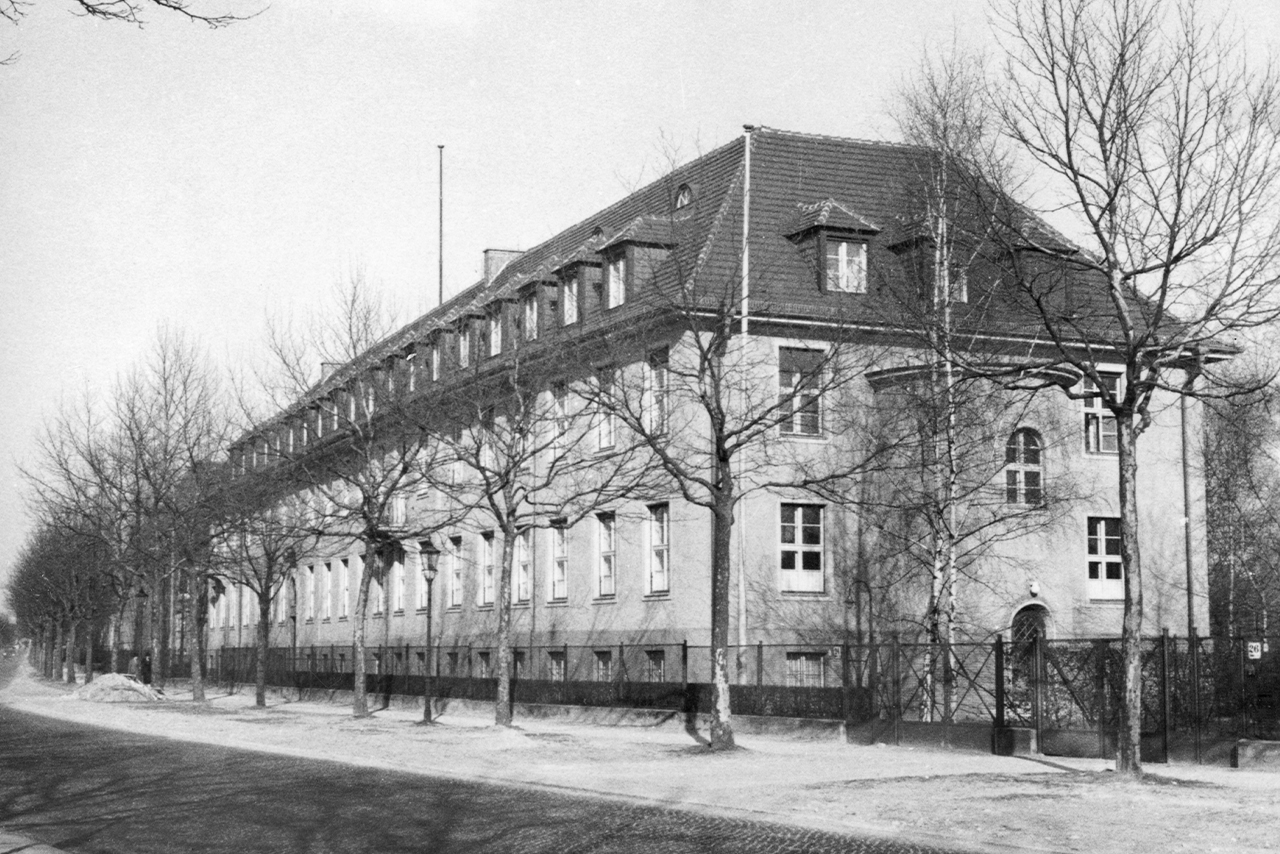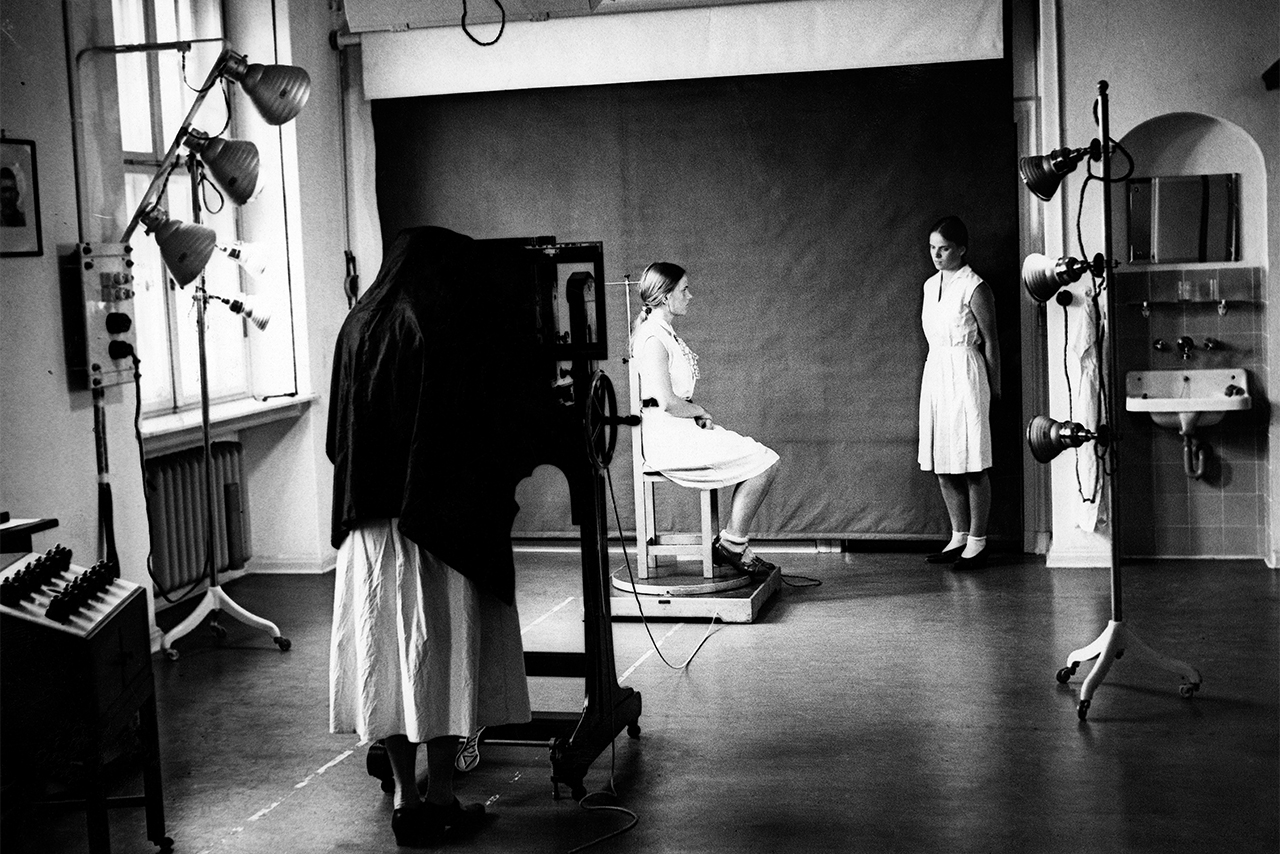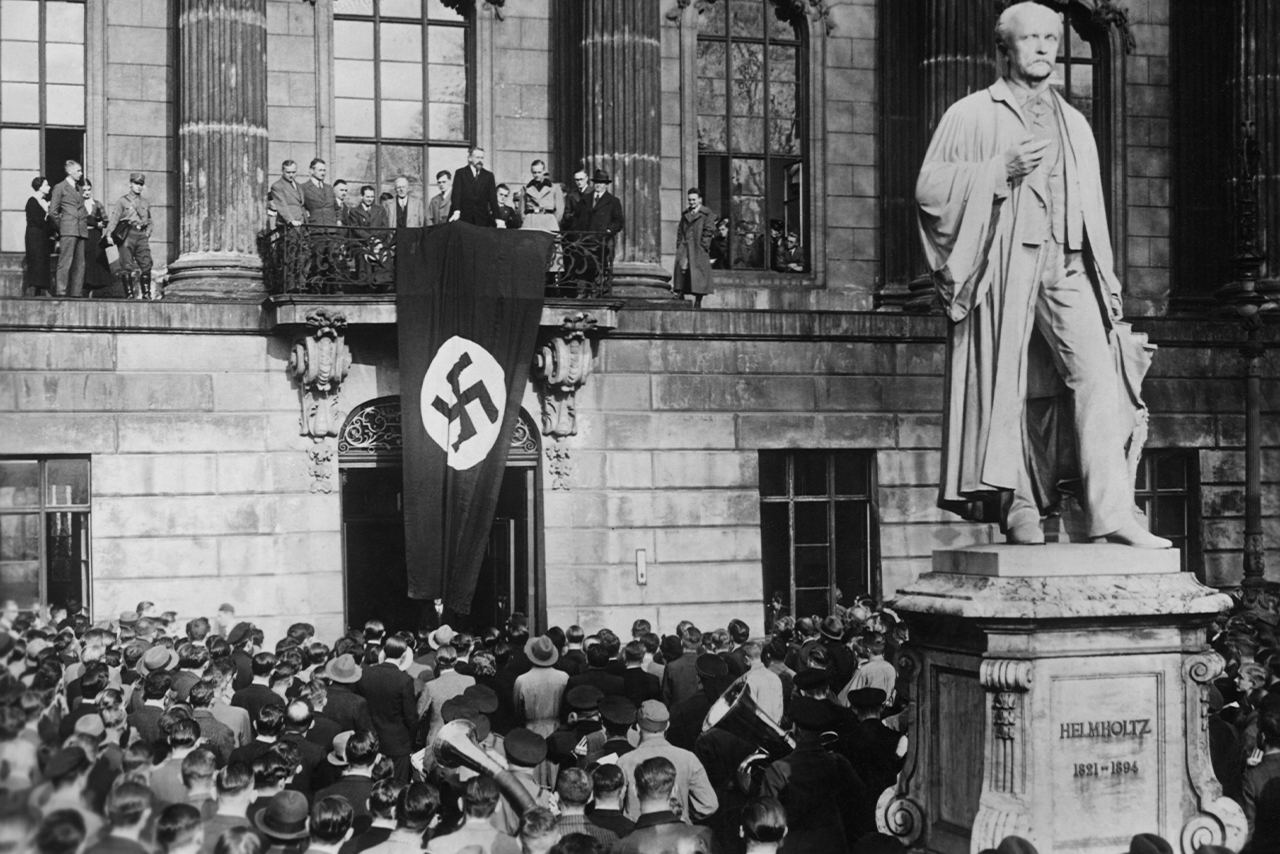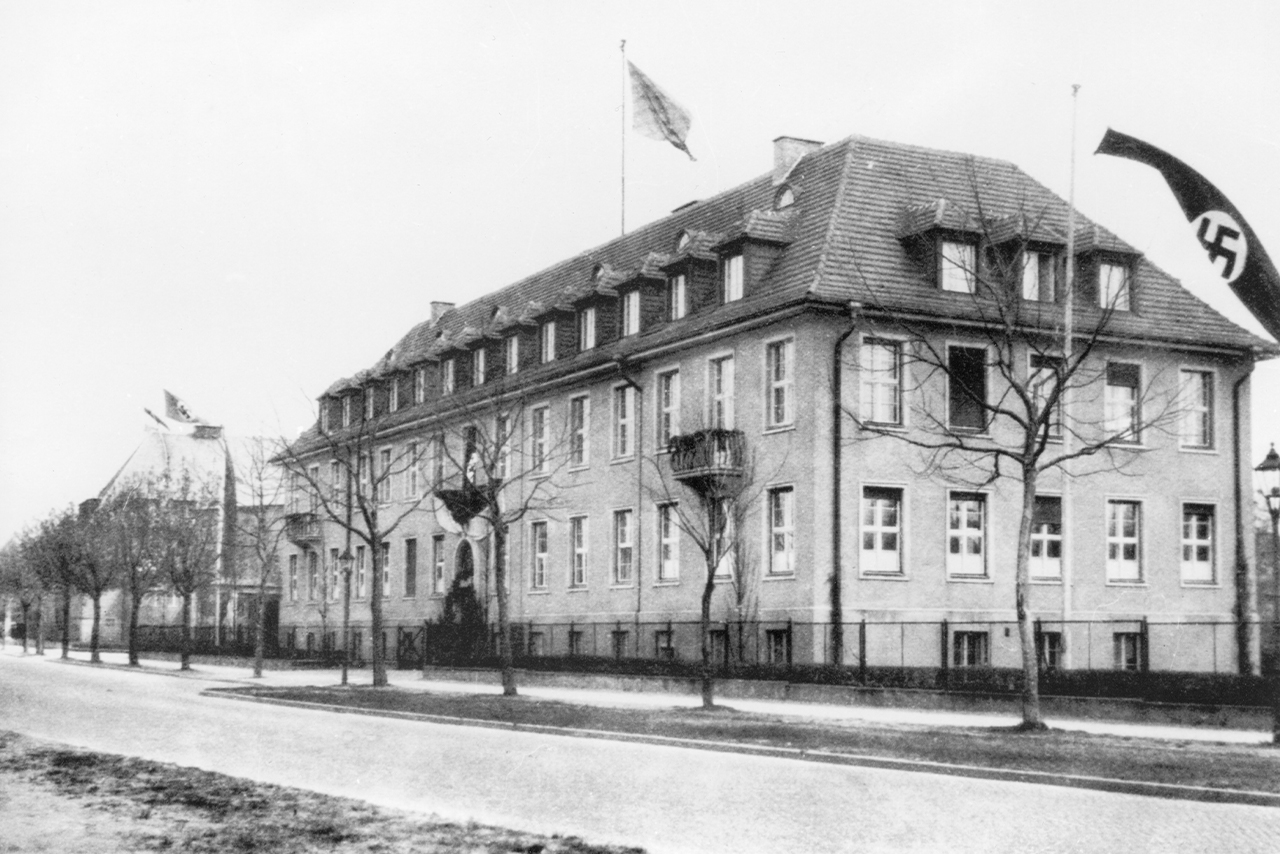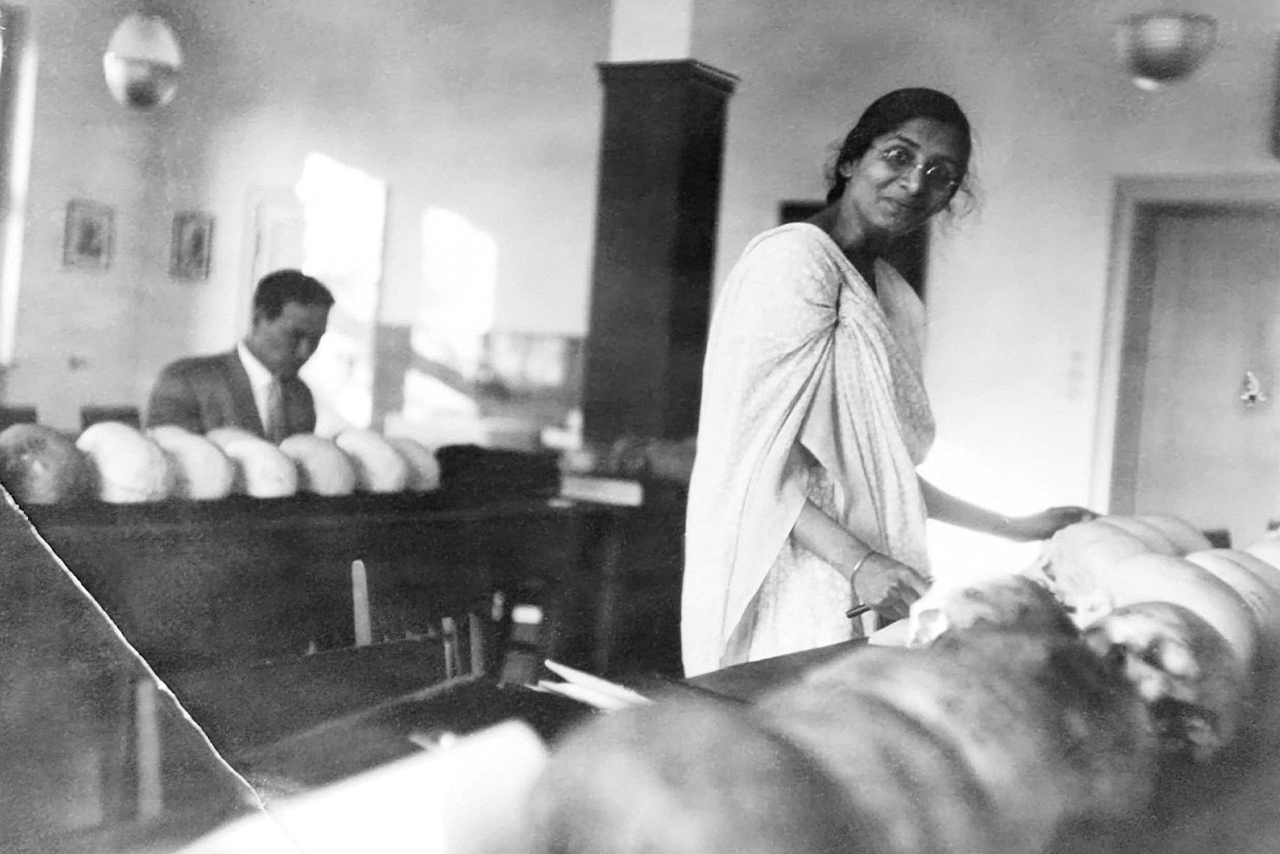HUMAN
RESEARCH
―
HUMAN
DISPOSAL
In 2014, during construction on the premises of the Kaiser Wilhelm Institute for Anthropology, Human Heredity, and Eugenics, workers discovered both human and animal remains. Following systematic excavations, archaeologists identified additional remains, including 16,000 human bone fragments. Between 1927 and 1945, scientists at the Kaiser Wilhelm Institute for Anthropology, Human Heredity, and Eugenics conducted research on human heredity. During this period, they also examined the bones of both humans and animals from various regions around the world.
These specimens were stored in the Institute’s collections. After scientists had concluded their research, the bones likely held little remaining interest for the Institute and were disposed of accordingly. It is also possible that some researchers sought to conceal crimes by burying these bones.
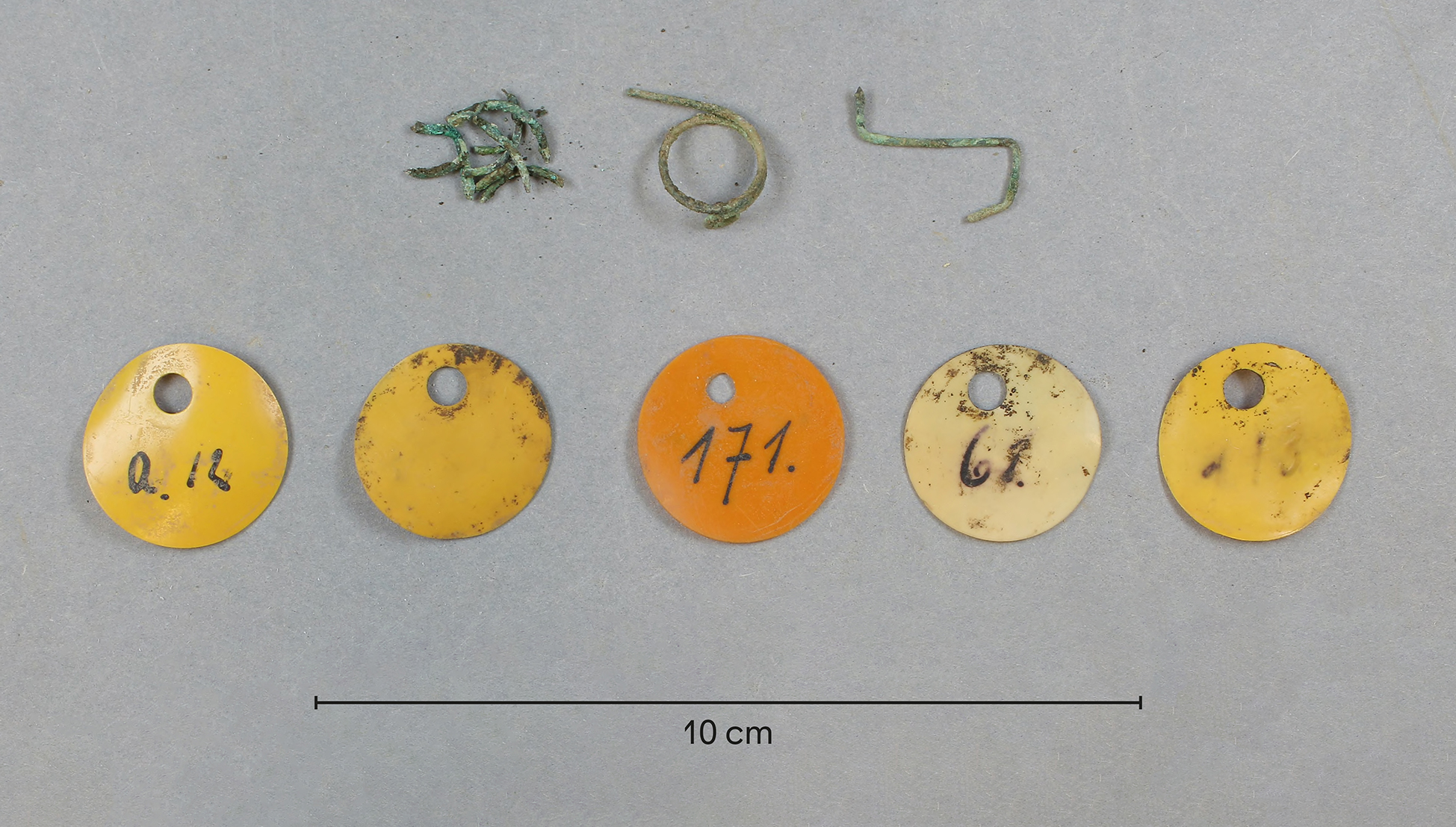
During the excavations, tags of a synthetic material and metal hooks were discovered, suggesting that the bones had been numbered and archived at the Institute. Nothing is known about the identities of the deceased. Out of respect for the victims of this dehumanizing research, we have not displayed photographs of the bone fragments.
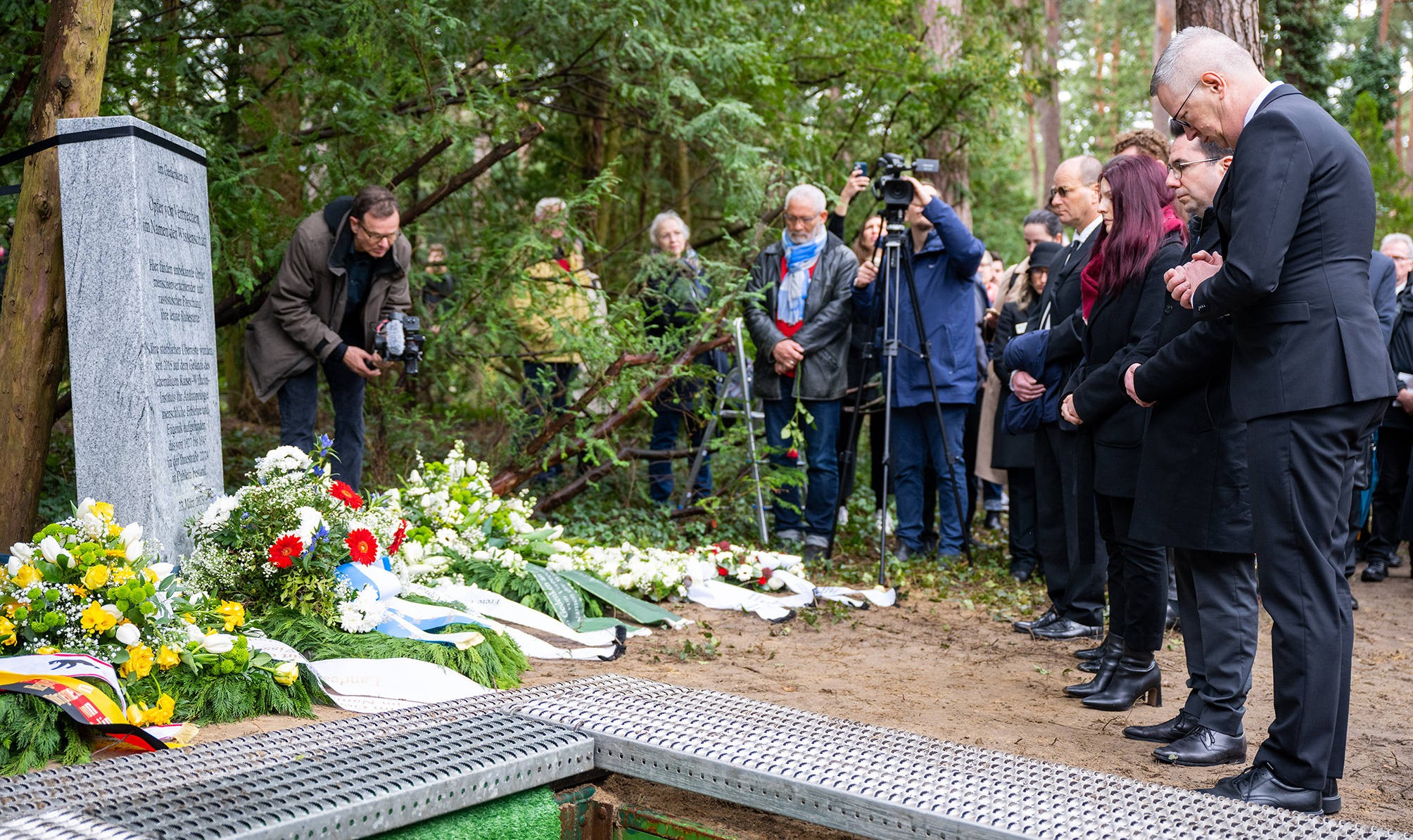
The human remains were buried in March 2023 at the Waldfriedhof Dahlem cemetery. The burial and a memorial stone were intended to restore dignity to the deceased. Representatives from various victim groups attended the funeral service.


